Mosaics of Hagia Sophia Mosque
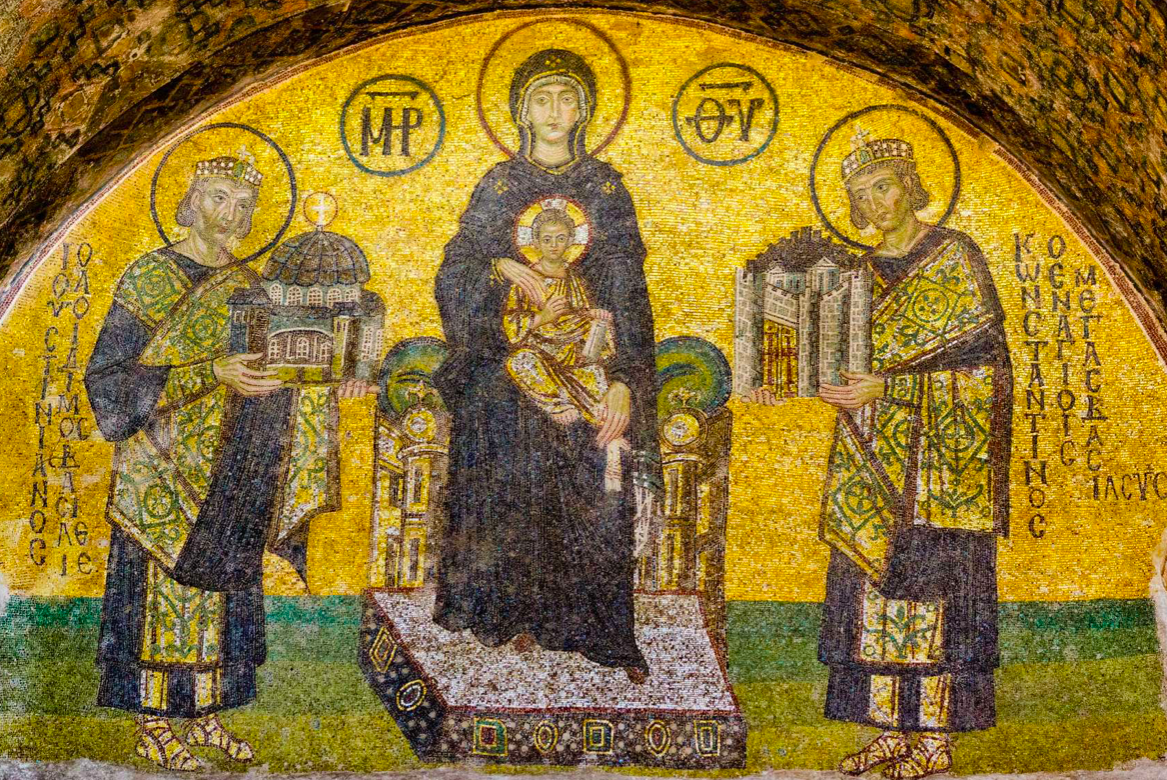
Mosaics of Hagia Sophia Mosque
Hagia Sophia is one of history's most significant buildings. It was built in 537 by Byzantine Emperor Justinian I and functioned as a church for 900 years and a mosque for 500 years. A few years after the Republic of Turkey was founded, Hagia Sophia was turned into a museum. Hagia Sophia, which has been a museum for almost 85 years, is set to reopen as a mosque. What will happen to the mosaics of Hagia Sophia is one of the most talked-about issues these days. Because it is forbidden to pray in the presence of statues or paintings depicting the human face, according to Islamic law.
The mosaics of Hagia Sophia were covered during the Ottoman Empire's last years, and the mosque remained closed for a long time. After a renovation led by Thomas Whittermore, Hagia Sophia was turned into a museum and inaugurated in the 1930s (Byzantine Institute of America)
History of Hagia Sophia
Both the Byzantine Emperors and the Ottoman Sultans paid close attention to the structure. In reality, throughout the Byzantine era, Hagia Sophia was the most significant church in Constantinople's city. After the Turks conquered Constantinople, Hagia Sophia became the head of the mosques and was lavishly cared for by the sultans. During the Byzantine time, it was thought that Seraphim Angels, depicted on the sides of Hagia Sophia's dome, guarded the city. Contantinople, which had been besieged several times throughout its 1000-year existence, was never besieged by these angels, according to local traditions.
Four Ottoman Sultans wanted to be buried beneath the courtyard of Hagia Sophia when they died because they believed it to be a sacred structure. Some Sultans' tombs may still be seen in the courtyard today.
Hagia Sophia's Interior Mosaics
Various Byzantine Emperors commissioned Hagia Sophia mosaics between the 9th and 13th centuries. The additions of the Ottomans originate between the 15th and 19th centuries. For the last 85 years, Hagia Sophia has served as a museum. Because of this, remnants of both Christianity and Islam may be seen at the same time. Hagia Sophia, like the Mezquita Church in Cordoba, Spain, has the imprints of both civilizations and traditions. After the Fall of Constantinople, Mosaics Survive. When the city was conquered by Muslim Turks, the mosaics were covered rather than destroyed by the Ottomans. As a result, when Hagia Sophia was turned into a museum, they were exposed for tourists to admire.
John Comnensus Mosaic
The mosaic depicts Emperor Ioannes II Komnenos (John II Comnenus), his Hungarian wife Eirene, and their son Aleksios. The Virgin Mary is shown in the center of the painting, holding Jesus Christ in her arms. The Emperor's head is encircled by lettering that reads "Born in Porphyry Salon," indicating his father's reign's devotion. Empress Eirene was also the daughter of King Ladislaus I of Hungary, and she was portrayed as a typical Middle European with braided ginger hair, colored eyes, white complexion, and rosy cheeks.
Mosaic of Jesus in Hagia Sophia
The Virgin Mary (Theotokos) is shown in the quarter dome, sitting on a throne with golden cushions and carrying infant Jesus. This mosaic is significant since it is the first figured mosaic produced following Hagia Sophia's iconoclasm era. Byzantine art endured a difficult era known as iconoclasm. Byzantine iconoclasm began with Emperor Leo III's edict in 726 and was carried out by his successors until 842. The emperors of the Isaurian dynasty sought to weaken the church's hold on the people of Constantinople.
Hagia Sophia, with her mosaics and magnificent architecture, is undoubtedly one of Istanbul's most significant and famous historical places! Learn all there is to know about Istanbul's history and culture with Iamistanbul!
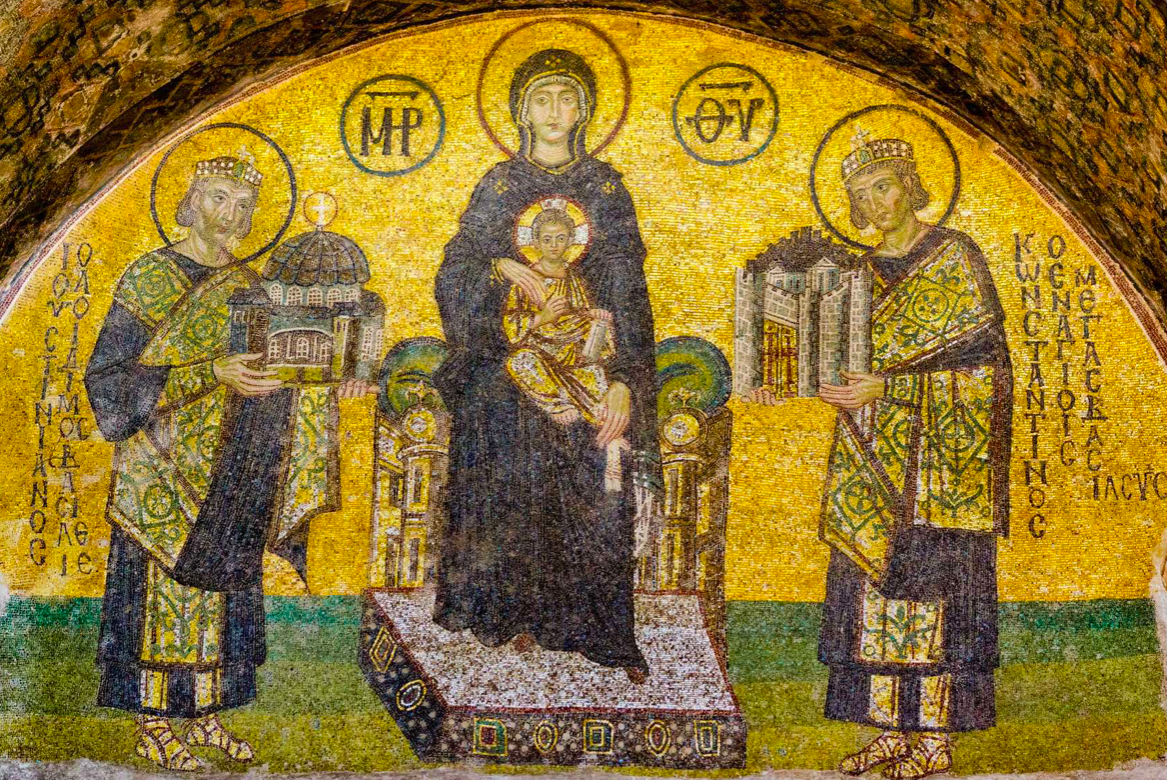



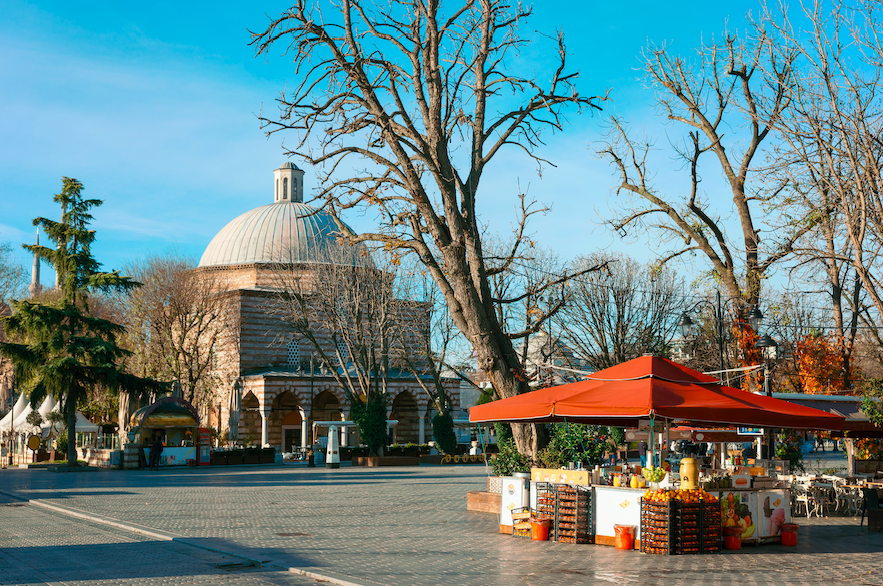

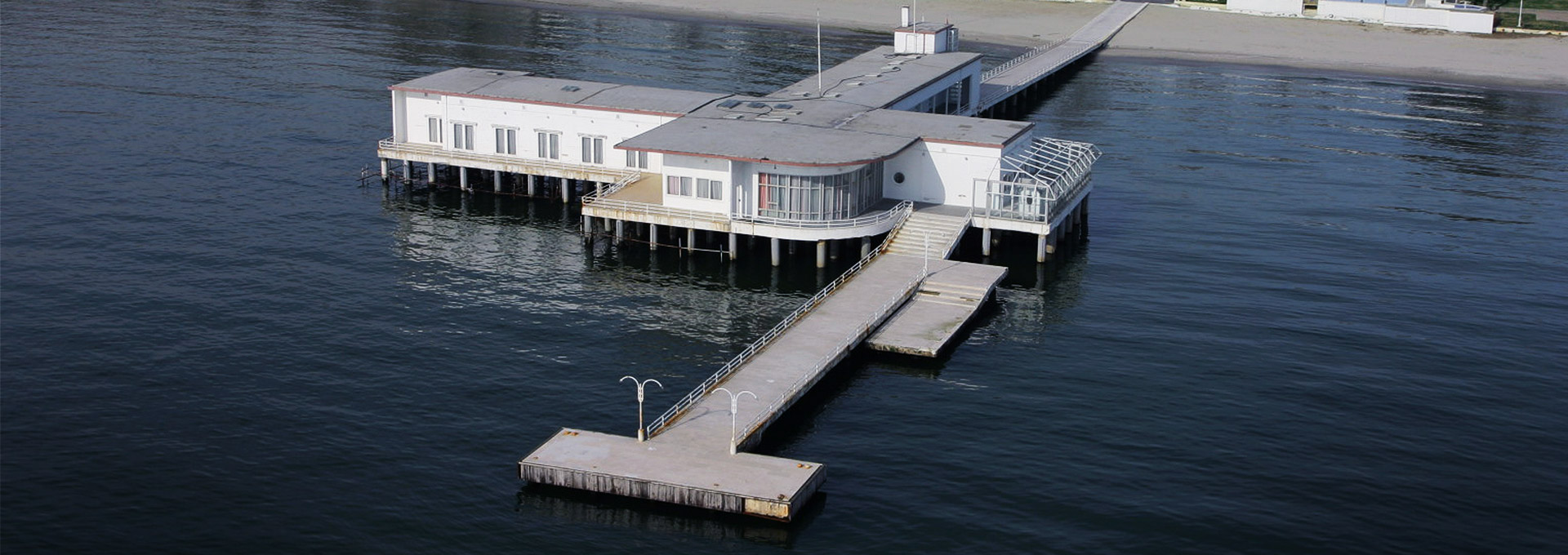

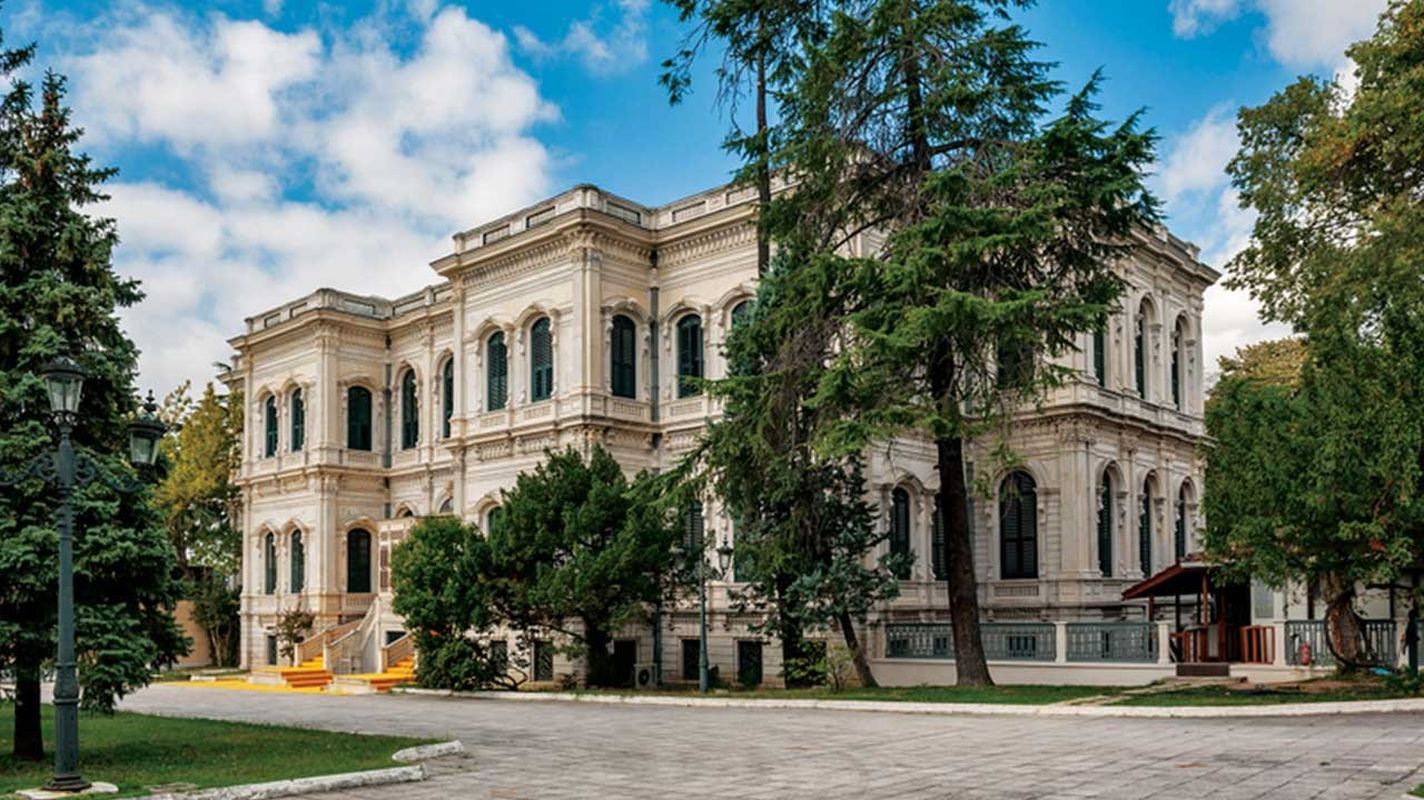


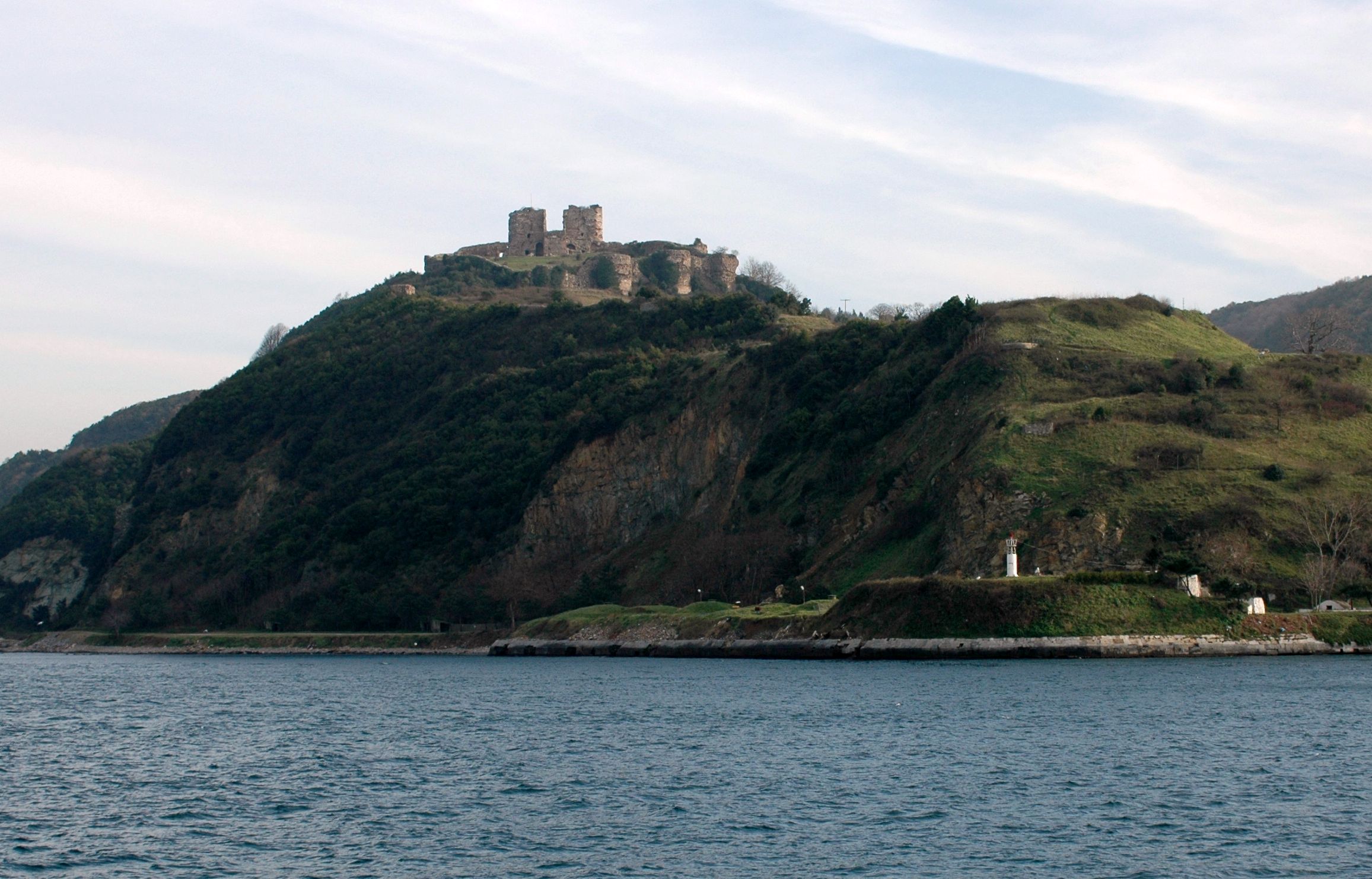
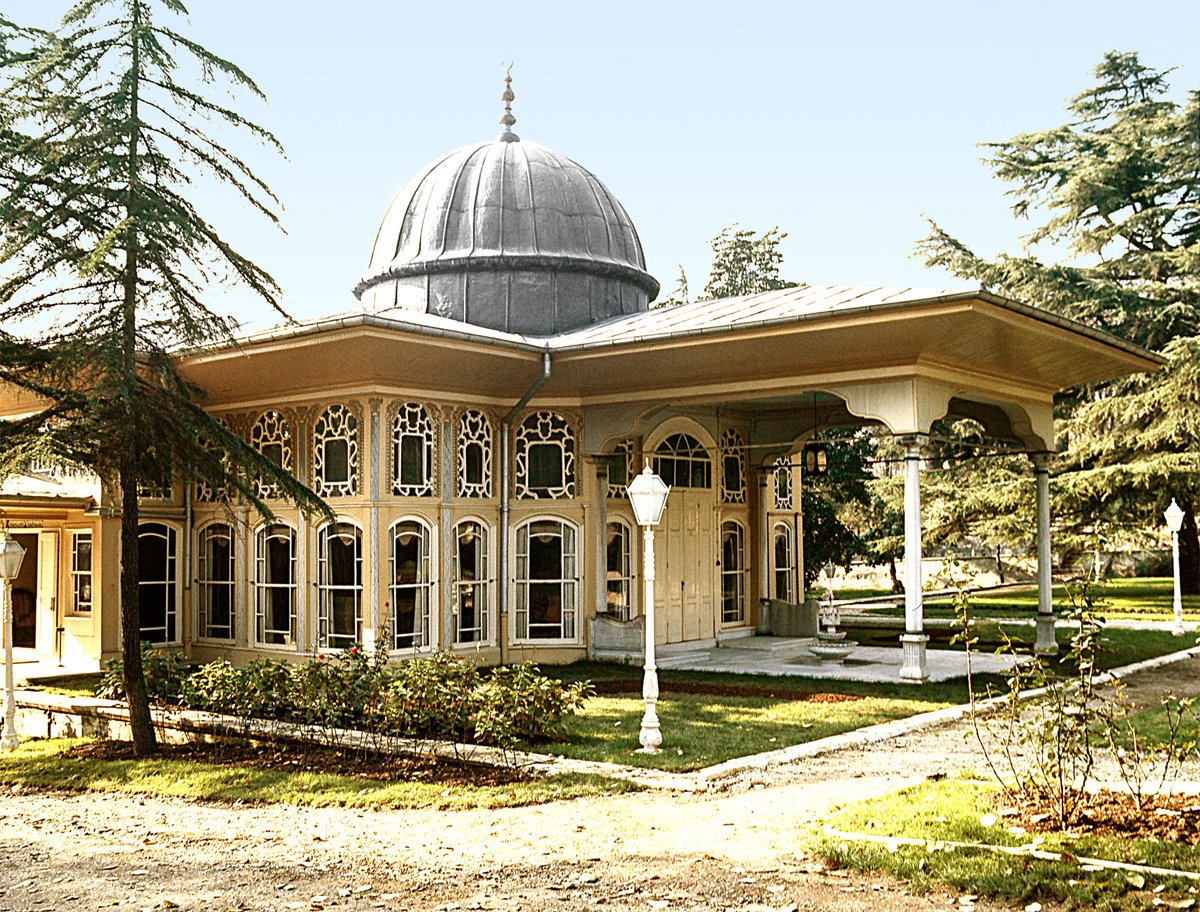
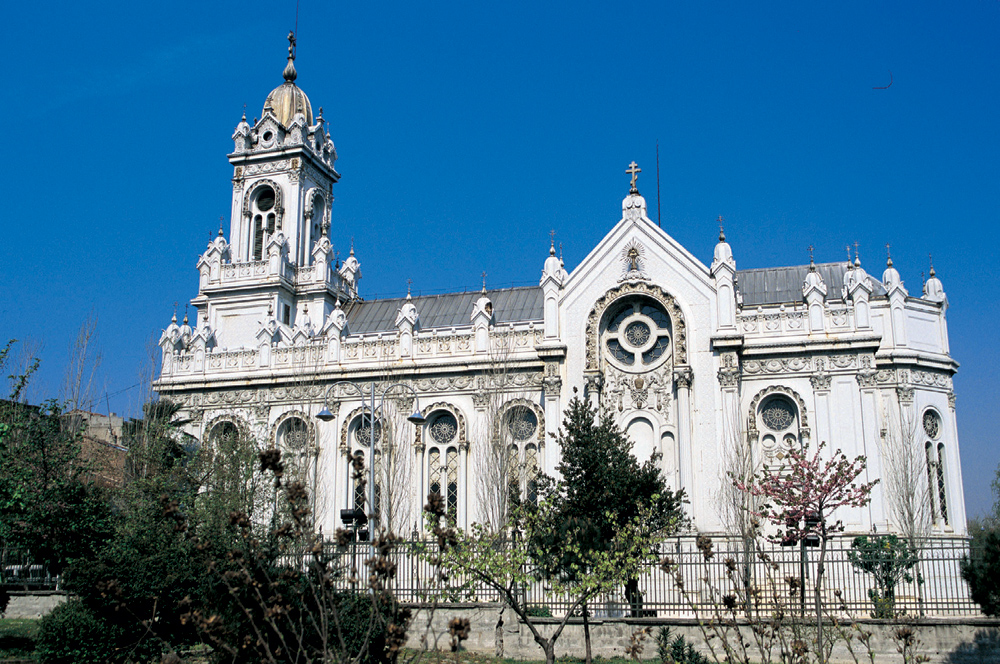
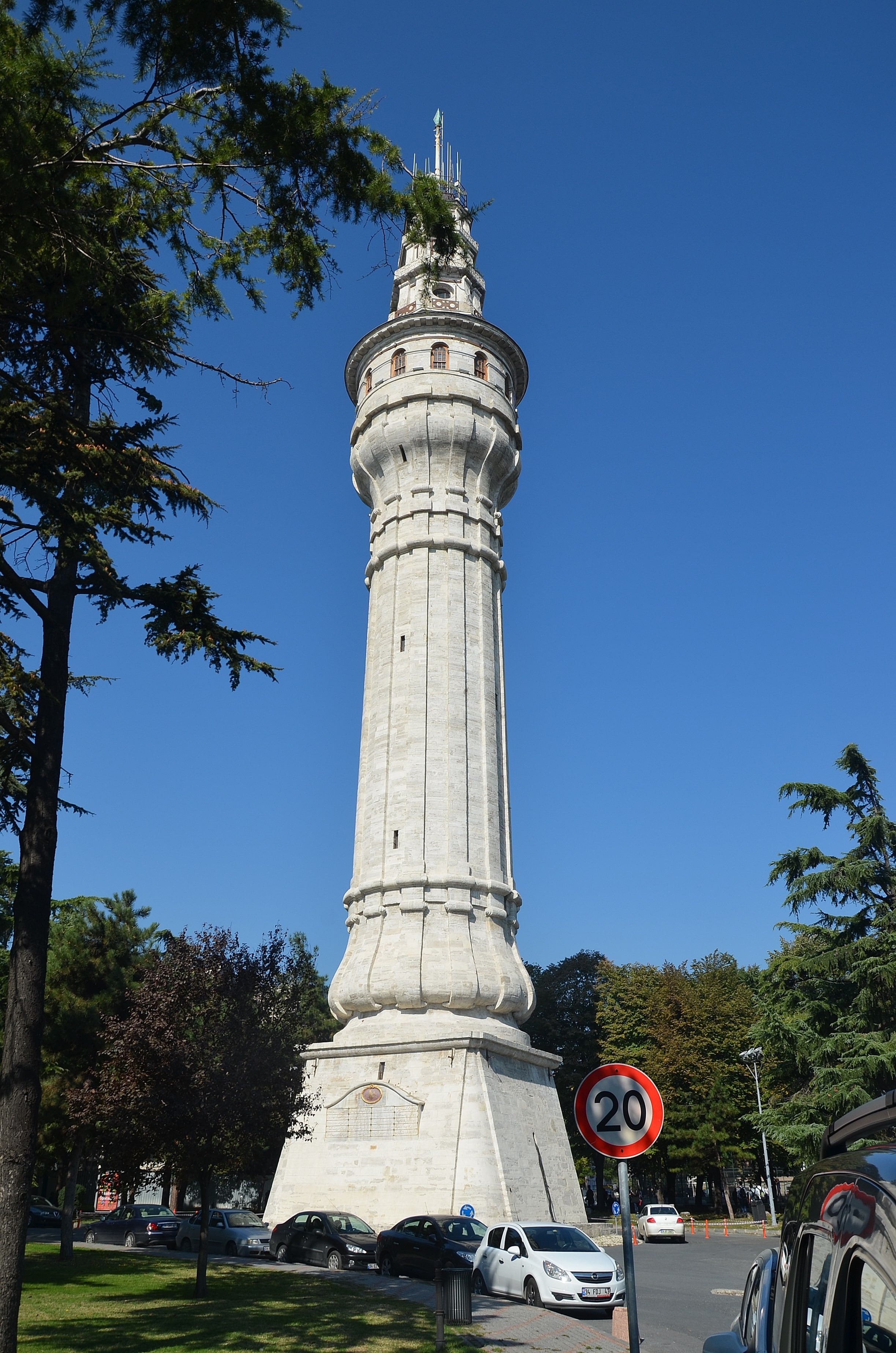
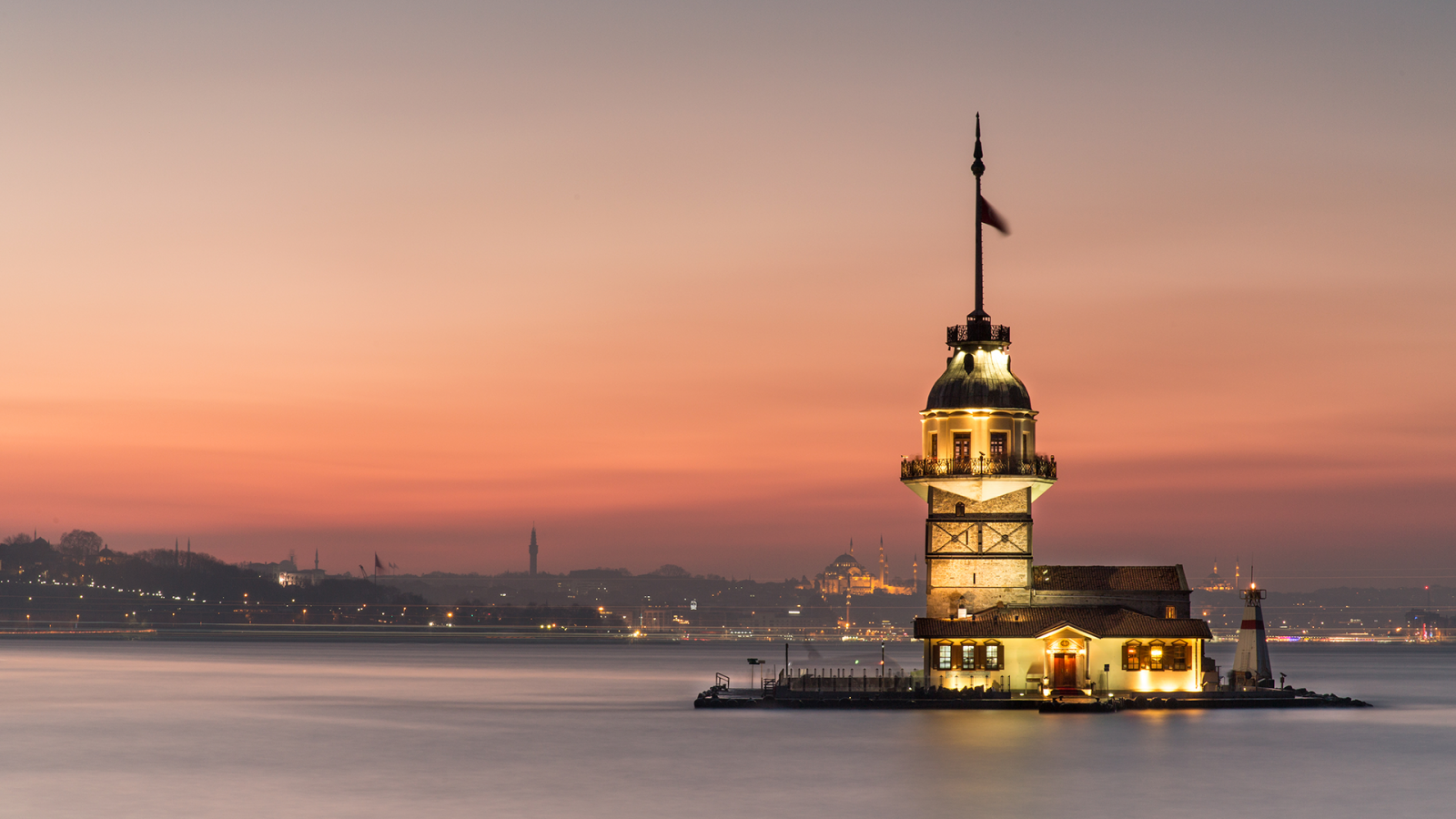
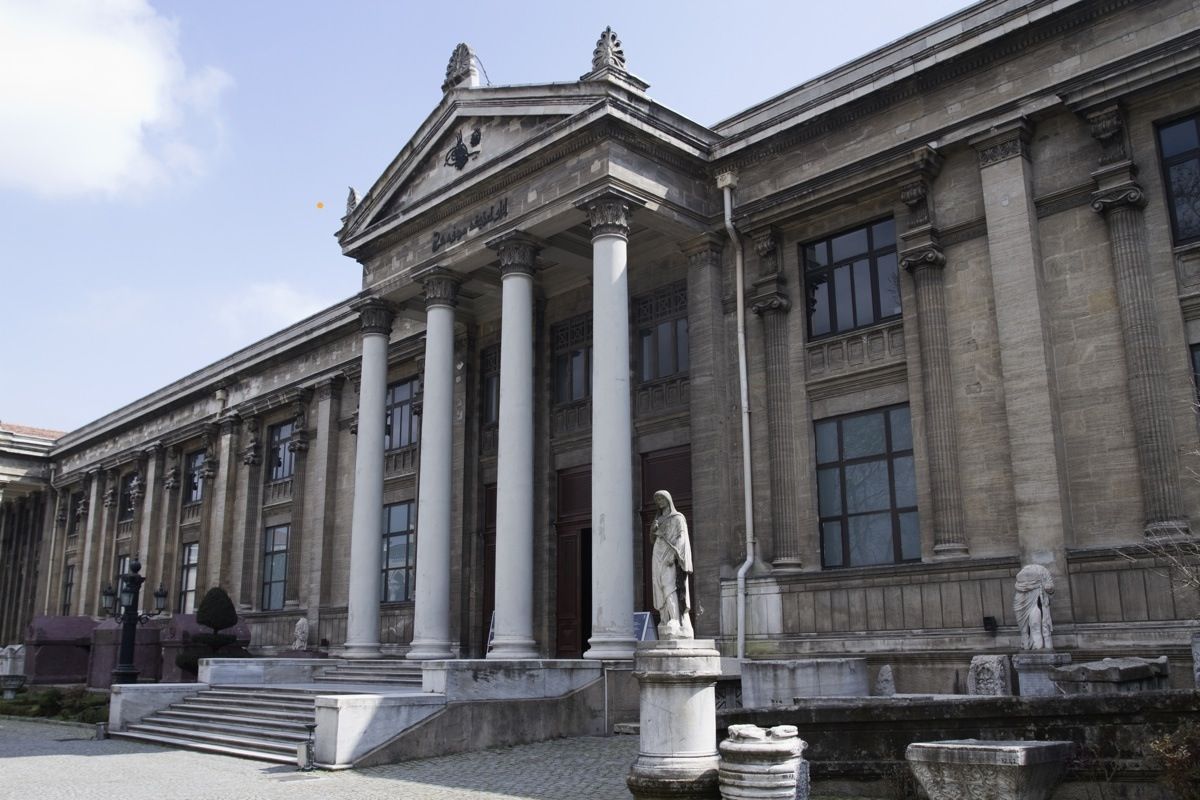

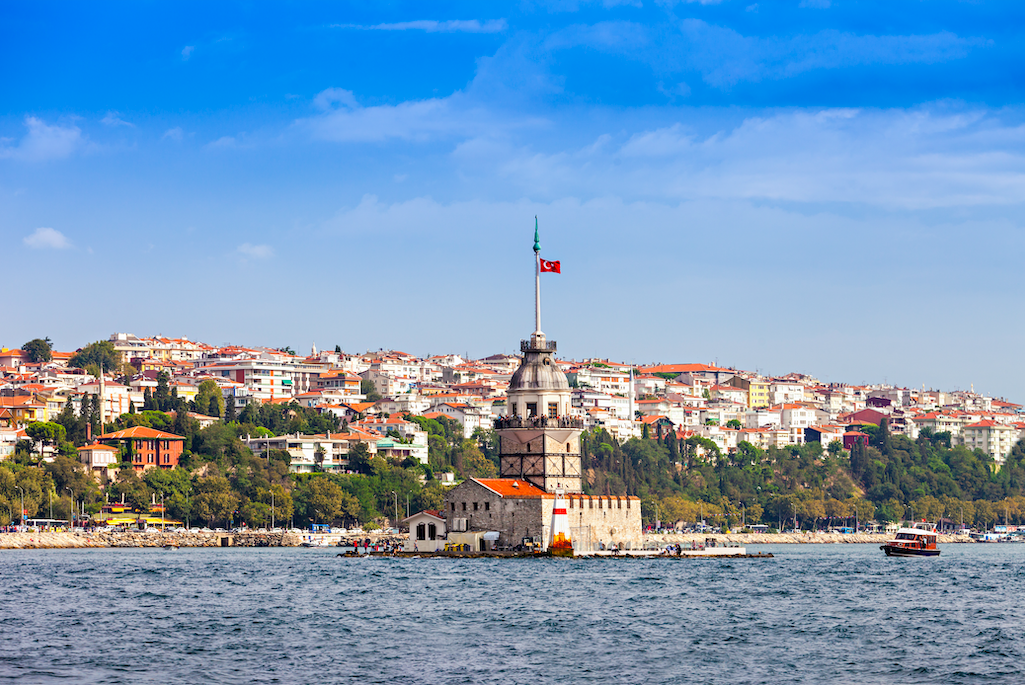


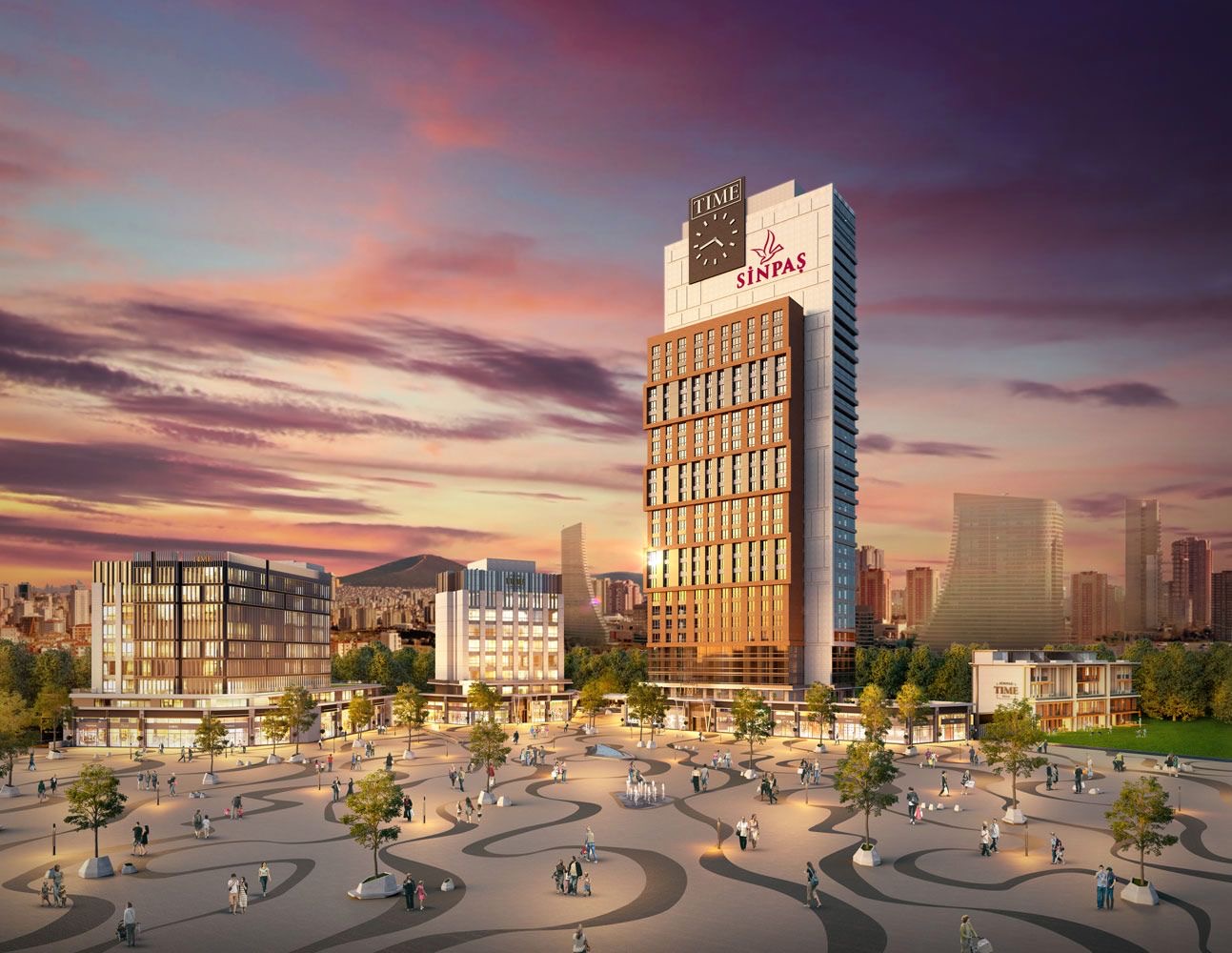

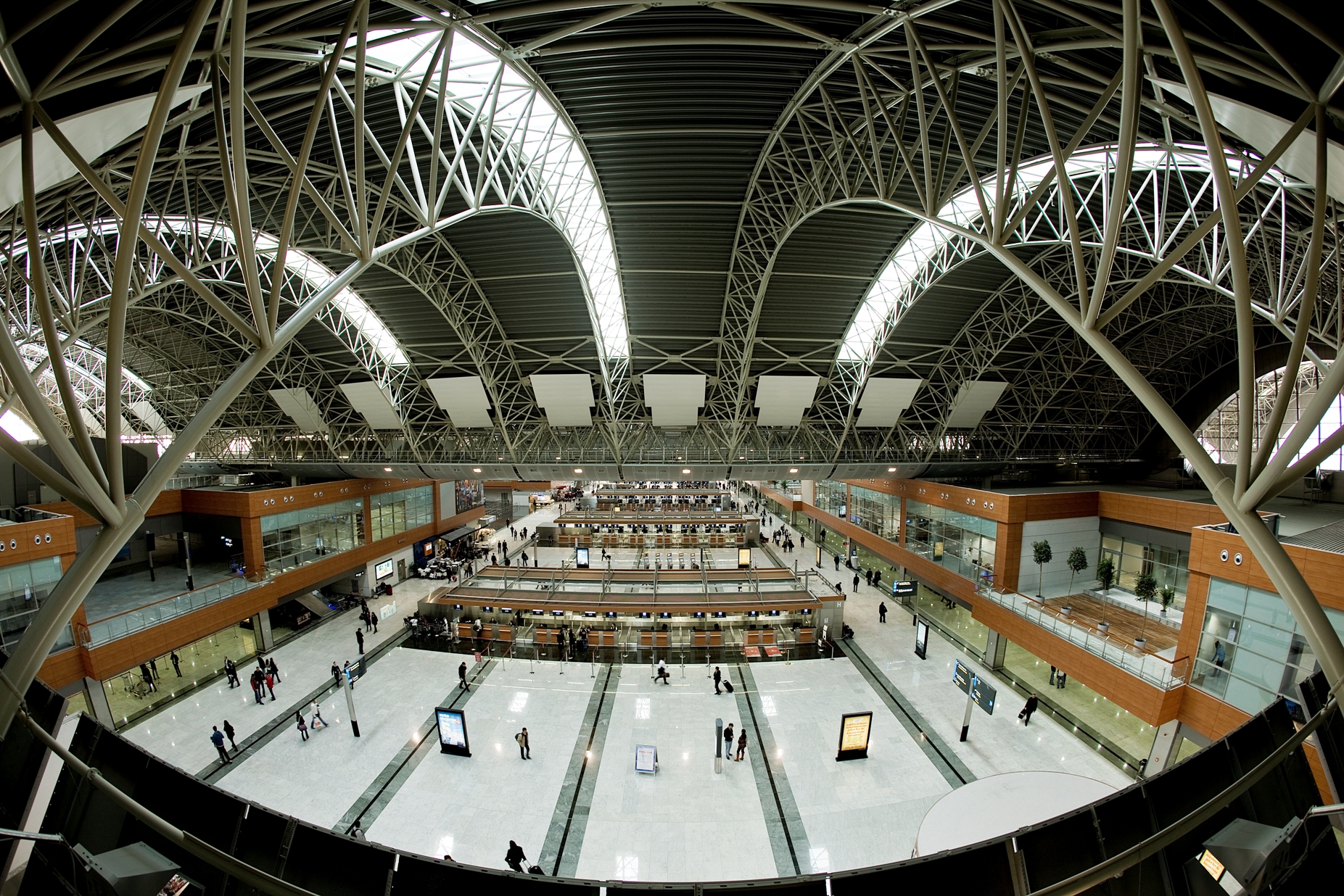

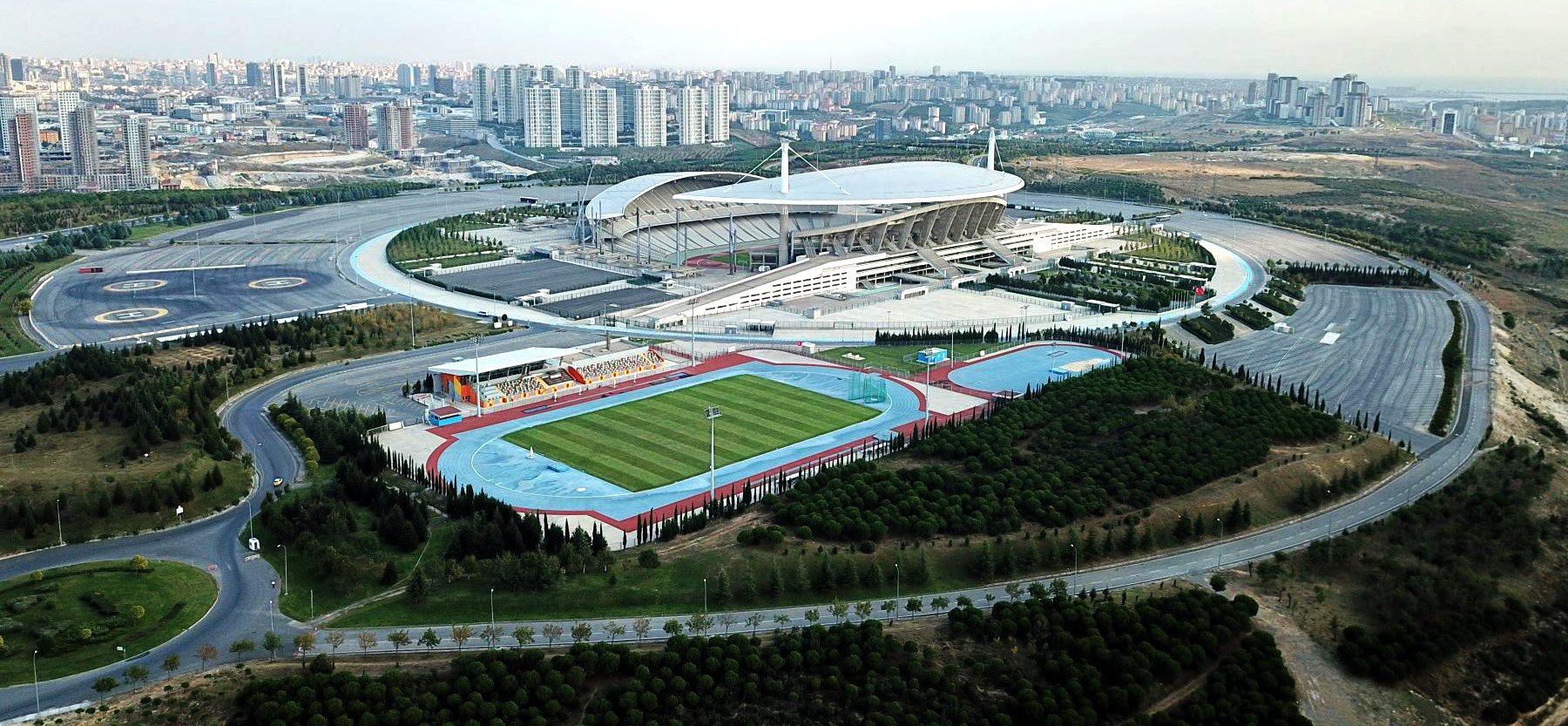
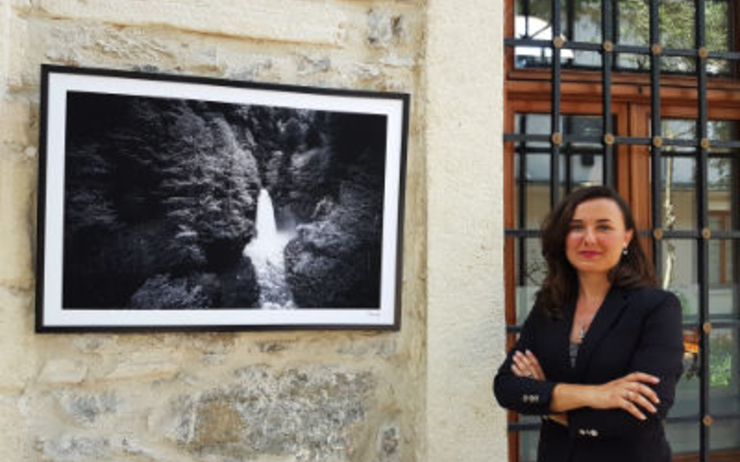
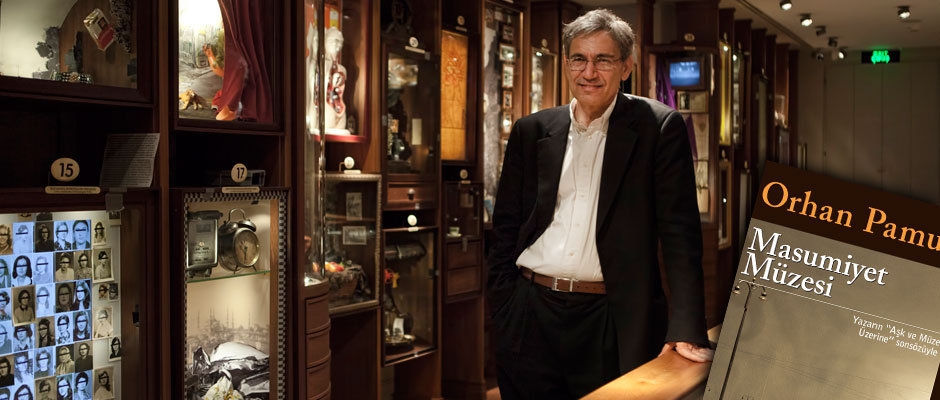


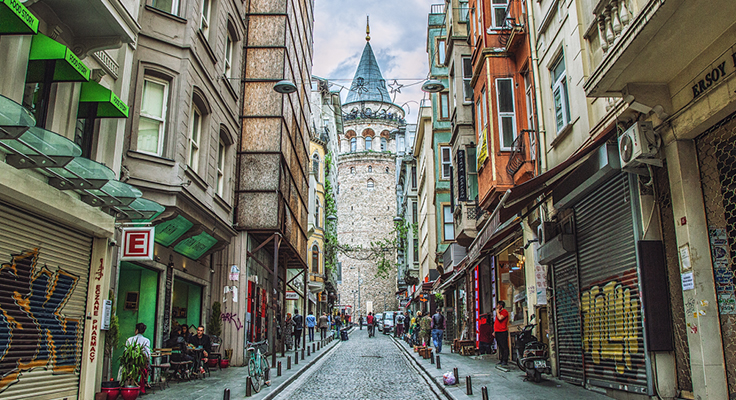
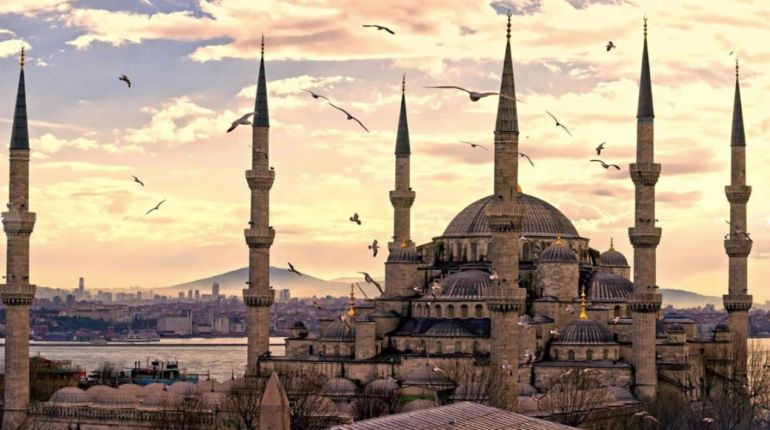
More posts by Gokce Nacar